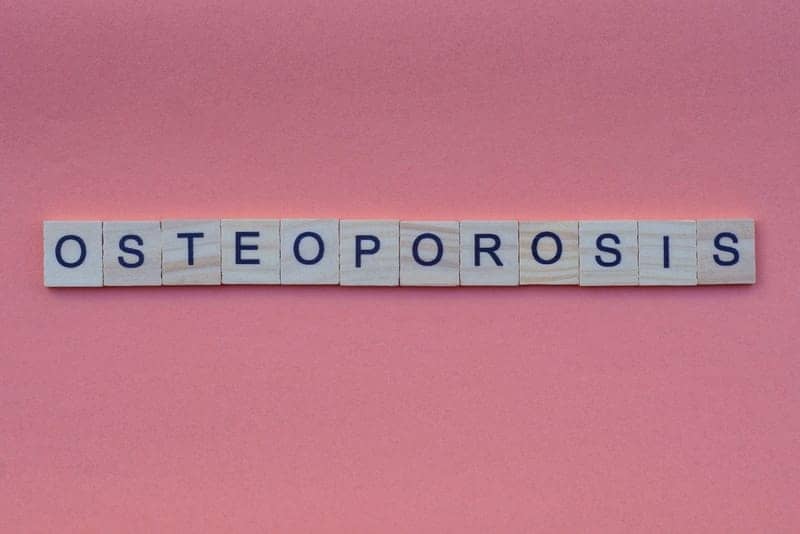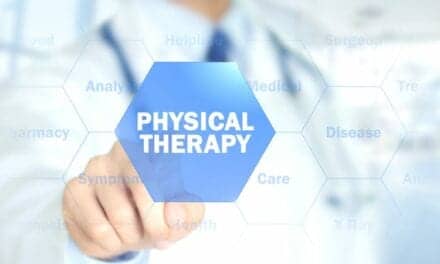University of Maryland School of Medicine (UMSOM) faculty from the Department of Epidemiology & Public Health and the Department of Physical Therapy and Rehabilitation Science are co-recipients of a $13 million funding award from the Patient-Centered Outcomes Research Institute (PCORI) to compare interventions used to improve mobility and prevent future fractures in older adults with osteoporosis recovering from a hip or leg fracture. The 5-year study is being conducted by researchers at UMSOM and Brigham and Women’s Hospital in Boston in partnership with ProMedica, a large integrated healthcare network with skilled nursing facilities across the United States.
“Our ultimate goal is to implement the most effective strategies for preventing recurrent fractures in adults over age 65 who suffer from osteoporosis,” said study co-principal investigator Denise Orwig, PhD, Professor of Epidemiology & Public Health at UMSOM. “We plan to introduce an integrated multi-modal intervention, with clinical decision support, to help skilled nursing providers give patients the tools they need to retain their function and mobility and improve their overall bone health.”
An estimated 10 million American adults over age 65 have osteoporosis, which causes two million disabling fractures every year. Additionally, the number of people with osteoporosis or low bone mass is expected to increase by 17 million by 2030. Patients who break a hip or leg often experience long-term disability that requires rehabilitation in a skilled nursing facility and sometimes permanent placement in a nursing home. Such injuries can be life threatening and lead to an earlier death. Older adults with lower limb fractures typically receive acute care and surgery in a hospital and then are discharged within 3–5 days to a skilled nursing facility (SNF) for rehabilitation, where care differs widely depending on the facility.
“There is evidence that individuals with these fractures do not get screened, diagnosed, or treated for osteoporosis,” Dr. Orwig said.“The general goal for SNF rehabilitation is to get patients back to pre-fracture level of function; however, there seems to be a lack of consensus regarding the standards of care for fracture patients in SNFs, and these facilities rarely comprehensively address bone health.”
Many studies confirm that a simple regimen of exercise, healthy diet, and bone-strengthening medications can improve overall recovery in these patients. Ultimate success, however, depends on patients following these approaches after they return home, and many fail to do so often because they lack the support they need to make the changes permanent.
Dr. Orwig and her colleagues plan to introduce a program called OsteoPorotic fracTure preventION System (OPTIONS) to patients when they are undergoing rehabilitation in a skilled nursing facility. The integrated multi-modal intervention will be used in conjunction with healthcare providers and care partners who can continue it when the patient returns home.
The goal is to improve a patient’s adherence to a tailored exercise plan, healthy eating with foods rich in vitamin D, calcium, and protein to build bones and muscle, and use of bone-enhancing medications. The program has a clinical decision support component to help guide clinicians to the most effective strategies for an individual patient and engage patients and their caregivers in decision-making.
“This program will use electronic systems and educational modules to help to ensure that evidence-based interventions are routinely implemented and sustained in clinical practice as fracture patients leave the hospital and transition to the SNF and back into their community,” said study co-investigator Jay Magaziner, PhD, Professor and Chair of the Department of Epidemiology & Public Health, and Director of the Center for Research on Aging at UMSOM.
UMSOM faculty members Jason Falvey, DPT, PhD, Assistant Professor of Physical Therapy and Rehabilitation Science, and Elizabeth Parker, PhD, RD, Assistant Professor of Physical Therapy and Rehabilitation Science, are also co-investigators on this study.
Patricia Dykes, PhD, RN, Program Director of the Center for Nursing Excellence at Brigham & Women’s Hospital in Boston, is the co-principal investigator of the project along with Dr. Orwig.
The researchers will collect patient-reported outcomes on physical function and quality of life from 1,320 patients across 24 SNFs run by ProMedica, half of which will implement the OPTIONS program, while the other 12 SNFs will implement enhanced usual care program.
This study will provide sound data about the effectiveness of OPTIONS. OPTIONS could then be incorporated into other SNFs and community-based programs. This step would ensure that tailored prevention recommendations are evidence-based and consistent with patients’ needs and preferences.
“Receiving care requiring the involvement of multiple disciplines in an integrated and seamless manner is one of the biggest challenges older patients and their families face when leaving the hospital,” said Mark T. Gladwin, MD, Vice President for Medical Affairs, UM Baltimore and the John Z. and Akiko K. Bowers Distinguished Professor and Dean, UMSOM. “This project will test a novel approach to obtaining this care by using a combination of electronic record systems, virtual coaching, and the perspectives of patients and their caregivers to provide well-established treatments. Such an approach, if proven to be effective, could be used as a model for improving post-acute care for other conditions.”
“This study was selected for PCORI funding for its potential to provide real-world data on the comparative effectiveness of combinations or sequencing of therapies to prevent a subsequent fracture among people living with osteoporosis,” said PCORI Executive Director Nakela L. Cook, MD, MPH. “We look forward to following the study’s progress.”
The funding award has been approved pending completion of a business and programmatic review by PCORI staff and issuance of a formal award contract.
PCORI is an independent, nonprofit organization authorized by Congress in 2010. Its mission is to fund research that will provide patients, their caregivers, and clinicians with the evidence-based information needed to make better-informed healthcare decisions.
[Source(s): University of Maryland School of Medicine, EurekAlert]
Related Content:
Say What? How Osteoporosis and Low Bone Density Link to Hearing Loss





